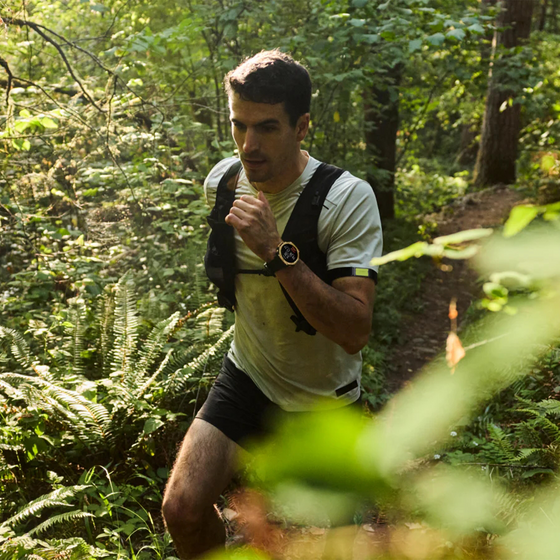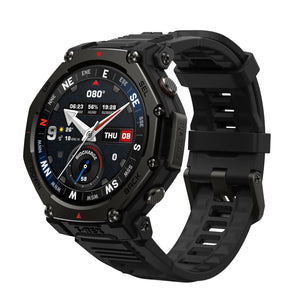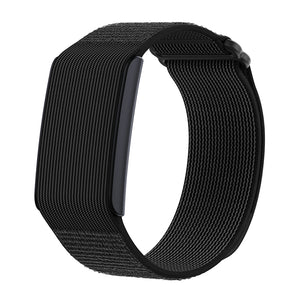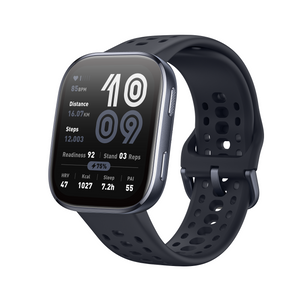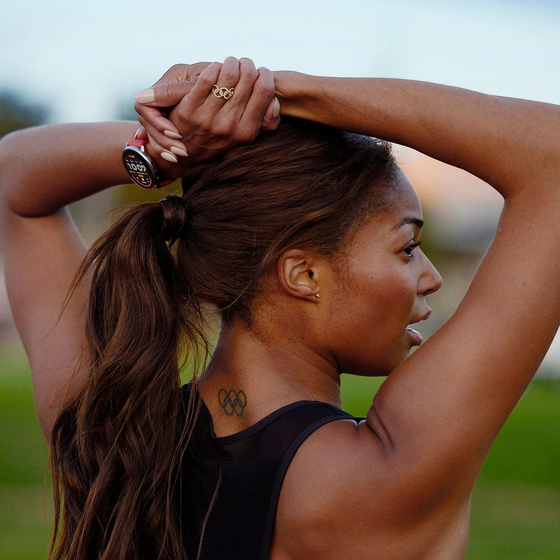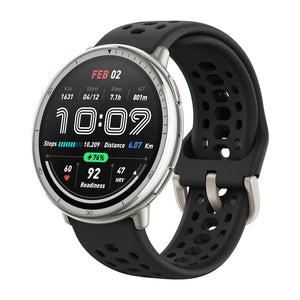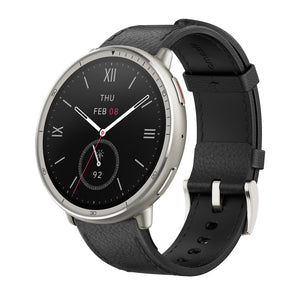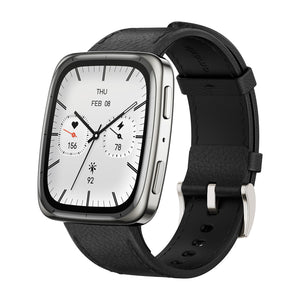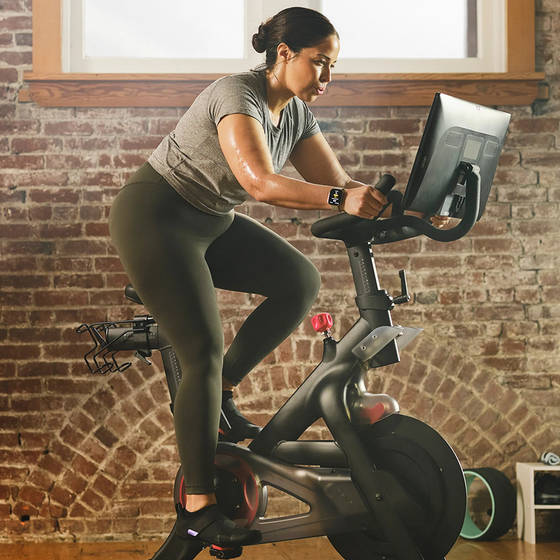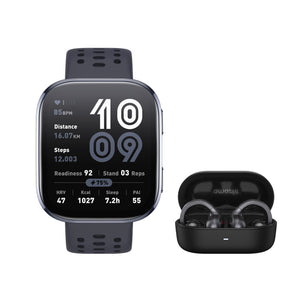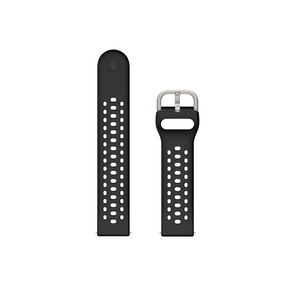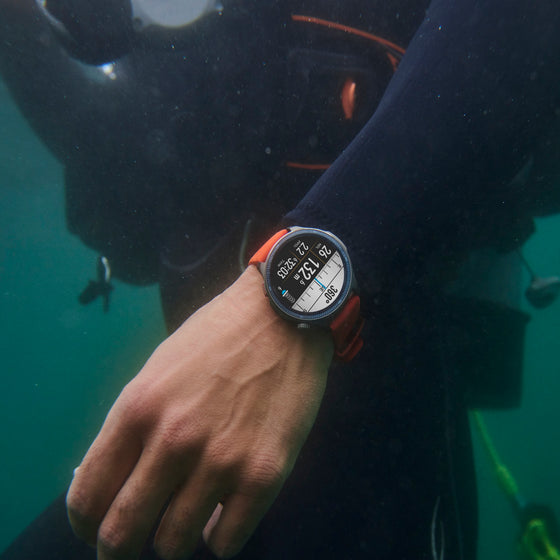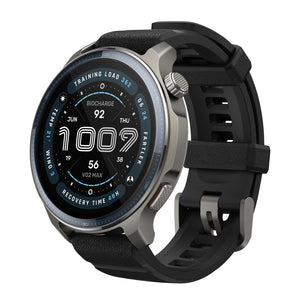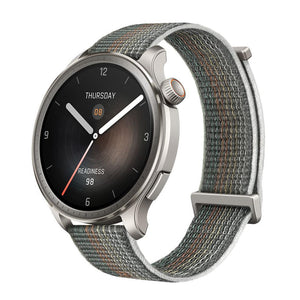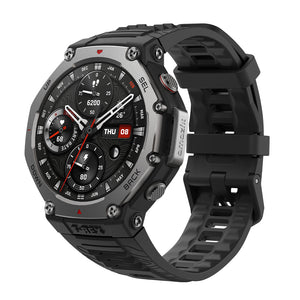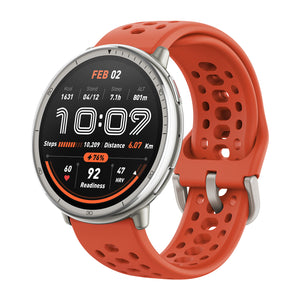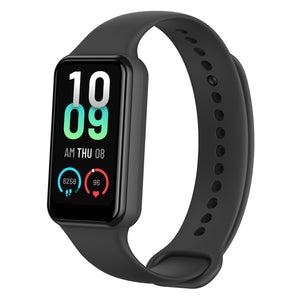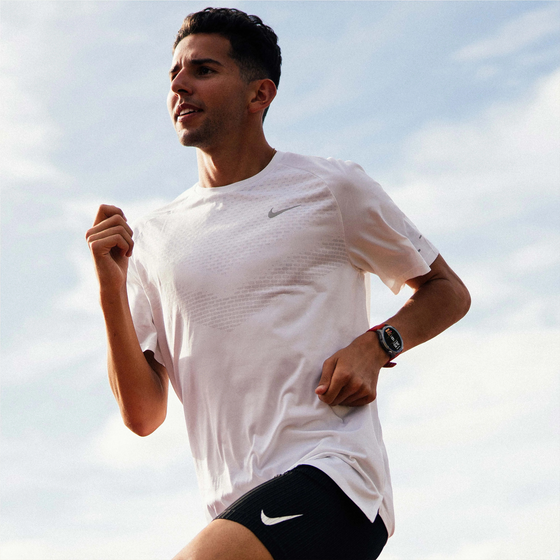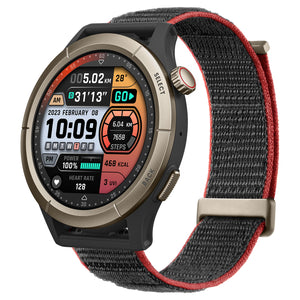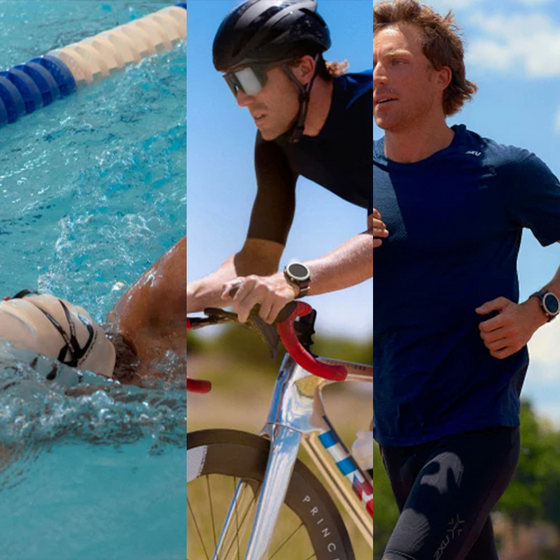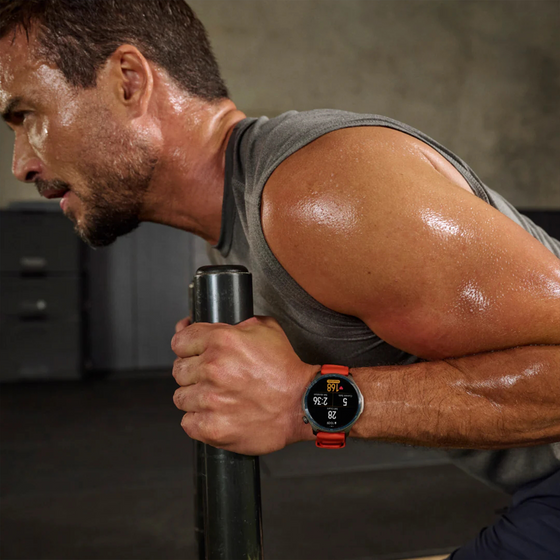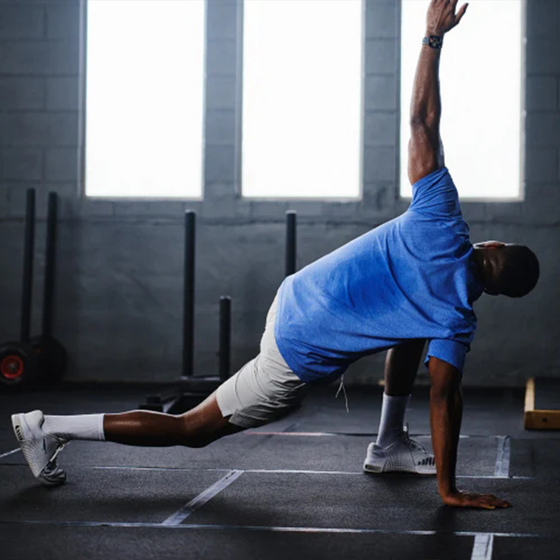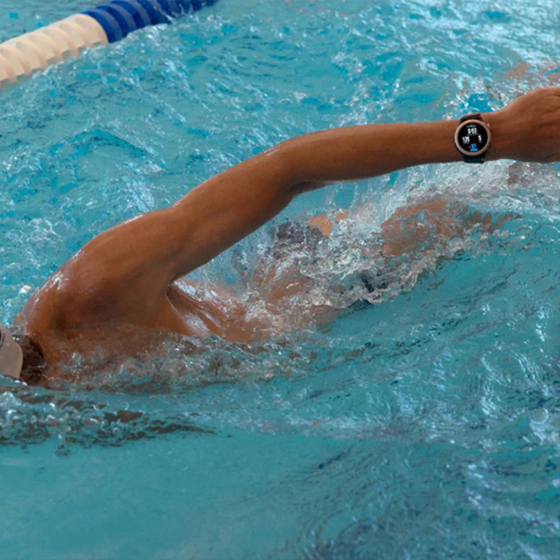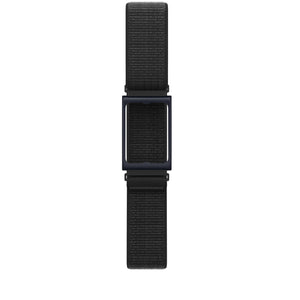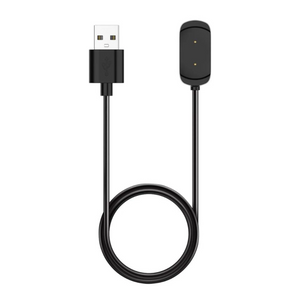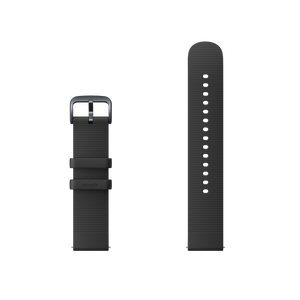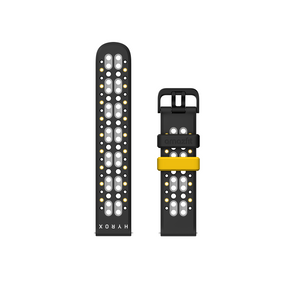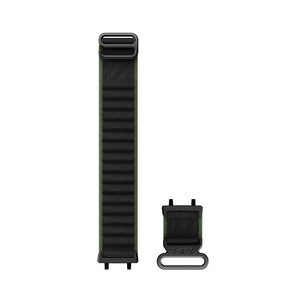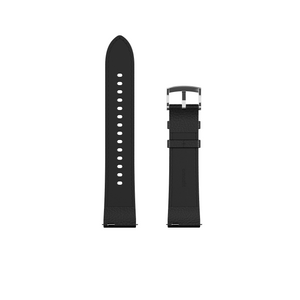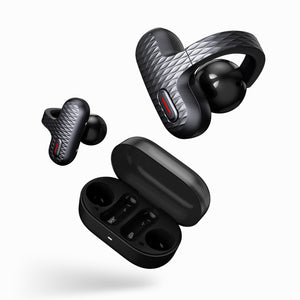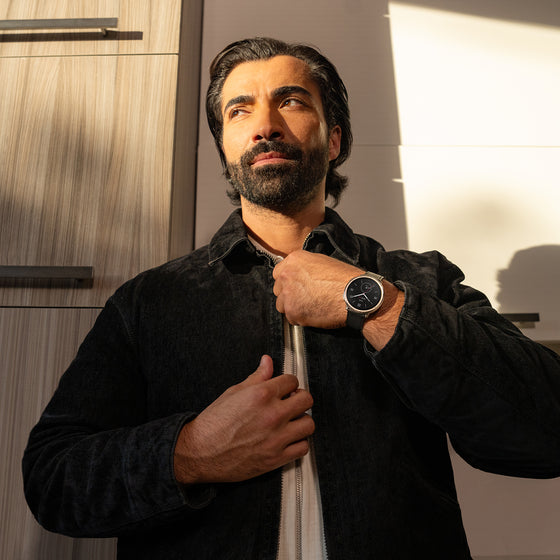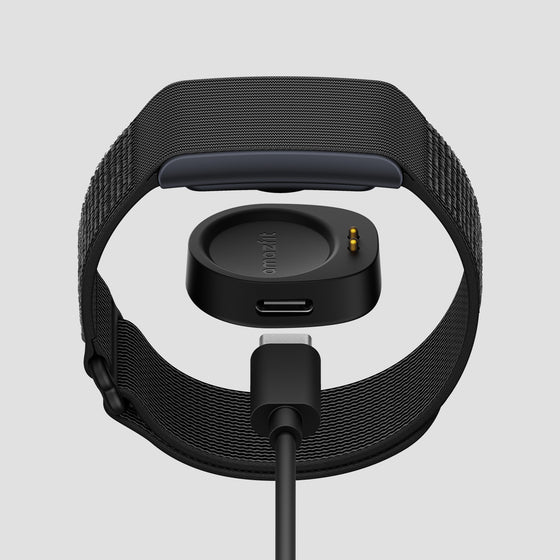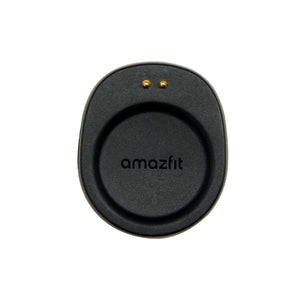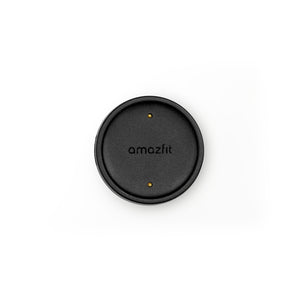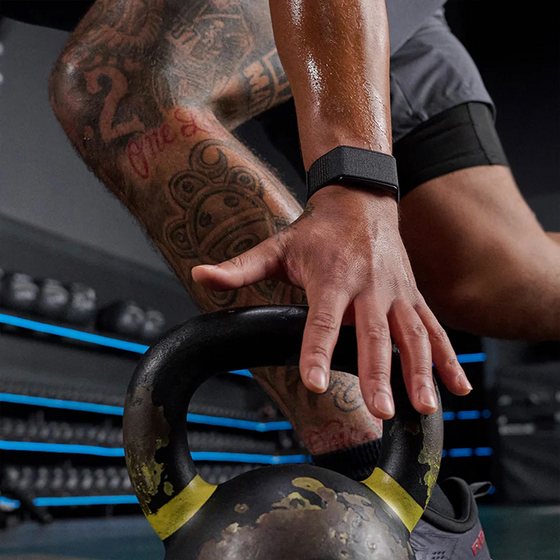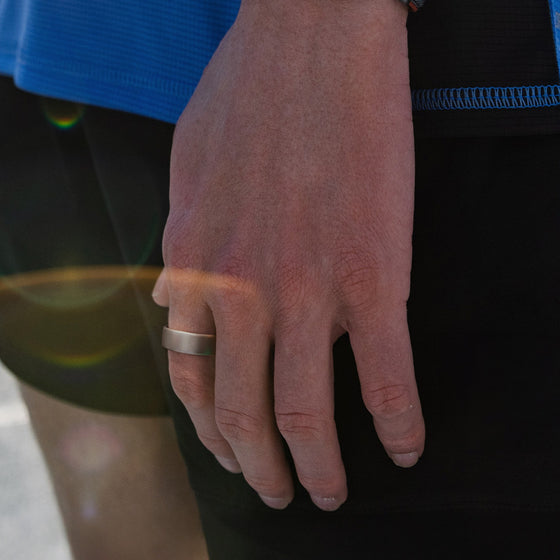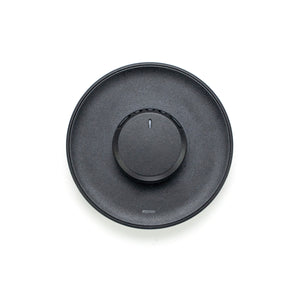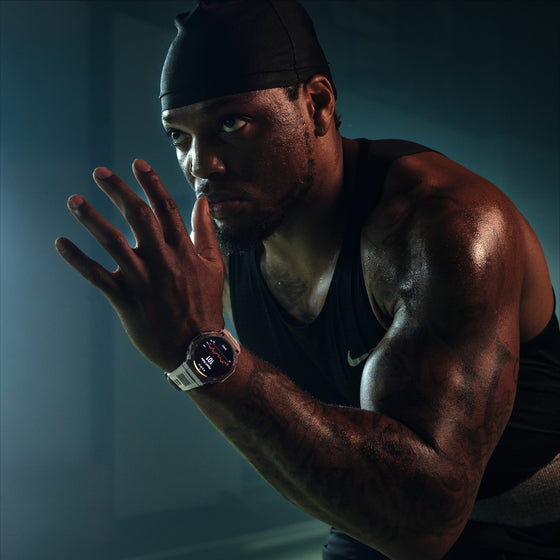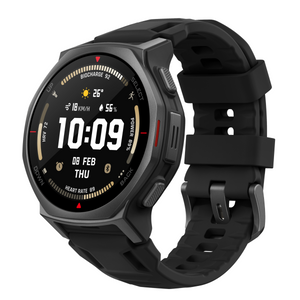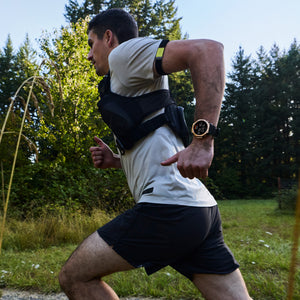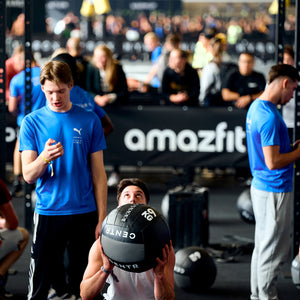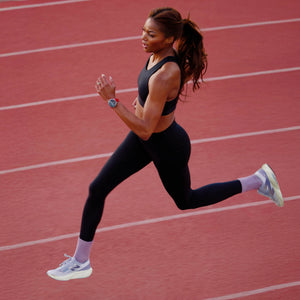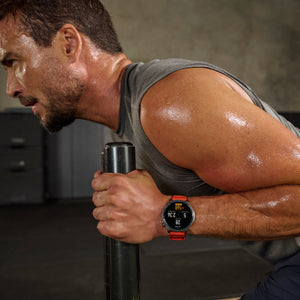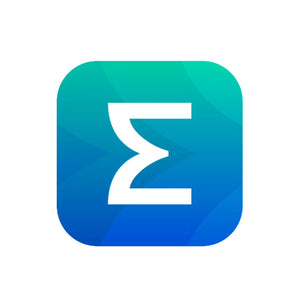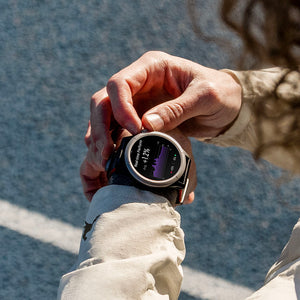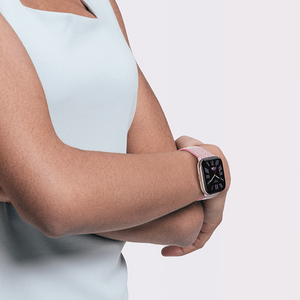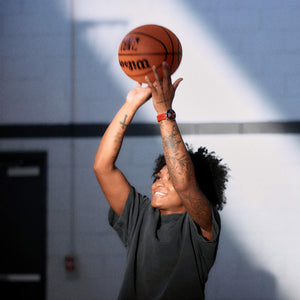The National Institute of Child Health and Human Development has recently confirmed that report getting below the recommended amount of sleep every night. If that adult is an athlete, that sleep can be even more crucial as the individual begins , pushing themselves more, and needing more time to recover. If that sounds like you, it may be time to consider enhancing your recovery with rest and giving your body time to heal.Sleep Recovery: The Secret to Bouncing Back After Training Hard
The National Institute of Child Health and Human Development has recently confirmed that
many U.S. adults report getting below the recommended amount of sleep every night. If that adult is an athlete, that sleep can be even more crucial as the individual begins
training hard, pushing themselves more, and needing more time to recover. If that sounds like you, it may be time to consider enhancing your recovery with rest and giving your body time to heal.
Read on to learn how, when you push yourself to your limits with intense training, you must always let your body work on building you back up. Learn about how:
-
Technology can play a part in knowing your own body's limits
-
Data can help you understand how much rest you're going to need
-
You can optimize your training recovery techniques with AI
-
Personalized sleep regimes can help with sleep and muscle recovery
How Sleep Supports Recovery After Training Hard
Over the decades, we have gathered a vast amount of information on how sleep affects athletic training.
Some of the most recent studies even recommend many athletes increase their sleep duration by around 45-110 minutes. They agree that high-quality sleep is fundamental to the post-workout process as it can restore body energy and start to facilitate muscle repair.
During deep sleep, the body starts to release several hormones that can work to boost healing by repairing the body's tissues. It does this, in part, by rebuilding damaged muscle and synthesizing proteins essential to the repair process.
Proper sleep can also help regulate many hormones in the body. For example, it can help manage cortisol levels. Doing this can help reduce stress or even lower inflammation caused by muscle damage.
The improved mental health that comes with better sleep can even help with improving athletic performance via boosting reaction time and stamina.
If the athlete fails to prioritize sleep, it can lead to "overtraining syndrome." The signs of this include:
-
Increased and persistent soreness after workouts
-
Weaker limbs
-
Slower recovery
-
Negative thoughts regarding continued training
-
Extensive fatigue
-
Depression or confusion
-
Inability to relax or sleep
-
Reduced motivation or lack of joy
-
Heartrate or blood pressure issues
-
Missed periods
-
Weight loss
-
Digestive issues
As you can see, it can be hard to underestimate the importance of sleep for athletes. These issues range from mild irritations to significant health conditions. They can affect your physical and mental health, and some even have substantial long-term effects.
A Comprehensive Approach to Recovery Through Sleep
Instead of going 100% at all times, try to balance high-intensity exercise with rest. Don't only incorporate getting off your feet into this, but consider sleep an integral component in your training routine, akin to ensuring you drink enough water. It can help you maximize your recovery after exercise, allowing you to grow all the faster.
As you continue to exercise, try to understand your own body more. This philosophy means that you should start with the following:
-
-
Discovering how better sleep affects you directly
-
Implementing active recovery like yoga into your process
-
Finding the nutrition your body needs and giving it that
-
Looking for patterns in how you approach exercise to leverage them
So, try to implement deliberate rest days into your schedule to ensure you avoid overtraining, but also consider that a part of a more holistic approach to exercise.
You could, for example, use technology such as Amazfit devices to get personalized insights about how your body reacts to exercise. You can then use this data to
plan your training and recovery strategy more effectively by logging and predicting performance improvements.
Integrating Technology Into Your Recovery
The National Institutes of Health has often mentioned how technology has become a norm in the lives of many Americans. For example, it recognizes that
millions of us use devices that already count our steps daily, such as smartphones or smart watches.
Innovations such as the Amazfit smartwatch can then take that one step further. Instead of only reading the numbers, they can record your body's reactions to inputs over time. They can then give you actionable steps you can take to get the results you want or need.
Leveraging Data to Make Training Easier
However, these devices do more than count how many times we take a step. They can do more with the more you offer them, so they can also:
-
Monitor heart rate
-
Track blood-oxygen levels
-
Record different sleep stages
-
Evaluate stress levels
-
Learn where people train via GPS tracking
-
Note and predict menstrual cycles
-
Compile daily steps and calories burned
With this data, smartwatches and smartrings can work together to offer diverse feedback tailored to a specific individual's needs. They can track heart rate variability during sleep, which is one of the key indicators of sleep quality and stress levels.
All this data can offer insights into how someone should change their sleep habits to get the highest-quality sleep most often.
If the device notices that someone's exercise levels drop, for example, and that this coincides with a change in their sleep quality, it will share those results. The athlete can then respond by updating their habits to compensate.
Combining this with other health information, such as what a user enters manually, can offer a more comprehensive understanding of what impacts a person's exercise. The user can then receive notifications of:
-
Sleep quality reports
-
Personalized training plans
-
Stress management techniques
-
Overall health status information
-
Changes in a menstrual cycle
Pairing real-time data with AI can then ensure
even greater insights are possible. The information can look for patterns in an athlete's habits and offer better, more tailored advice, including personalized sleep and meditation music.
Harness Data to Boost Recovery via Better Sleep
Leveraging the latest technology in the world of wearables can elevate a person's athletic capabilities beyond anywhere previously known. At the same time, Amazfit's wearables and apps can offer a person insights that can ensure training hard is still both healthy and enjoyable.
Amazfit's devices offer a competitive edge by analyzing every aspect of a person's physical development to help them train hard every time. So,
check out what we offer to learn more about what their solutions can do for you and redefine your athletic experience today.
